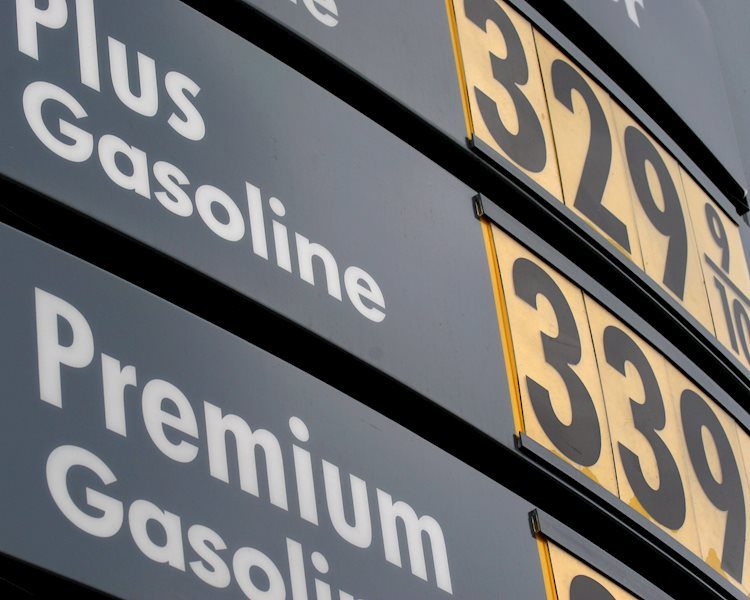Economists at the Bank of Montreal believe that cooler heads will eventually prevail based on the view it would be unwise for OPEC+ to abandon a production cut strategy that has been incredibly successful in reviving crude oil prices over the past year. Nonetheless, oil market participants are likely to remain on pins and needles given that there are a number of feasible scenarios that could unfold. They would categorize the three key ones as follows.
“The cartel comes to an agreement before the end of the month that essentially sticks with the framework that members had reportedly agreed to on July 2, which was to lower the current production cut of 5.8 mb/d by 400 kb/d per month until the end of the year. In tandem, the United Arab Emirates (UAE), which had vetoed the initial agreement, is somehow appeased and allowed to marginally increase its production. Such an outcome would likely entail, at least for now, dropping reported plans to extend the current agreement from April to December 2022. This compromise would likely support crude oil prices at current levels.”
“Members maintain the status quo and the current production cut of 5.8 mb/d remains in place until April 2022. This would likely provide a temporary lift to crude oil prices but could eventually result in heavy downward pressure if it appears that there will be no extension of the cartel’s production cut strategy.”
“The oil cartel effectively breaks down or dissolves. Members will no longer comply with mandated quotas and raise production to grab as much market share as soon as possible. This would likely lead to a rapid escalation in global supply and place heavy downside pressure on crude oil prices.”





